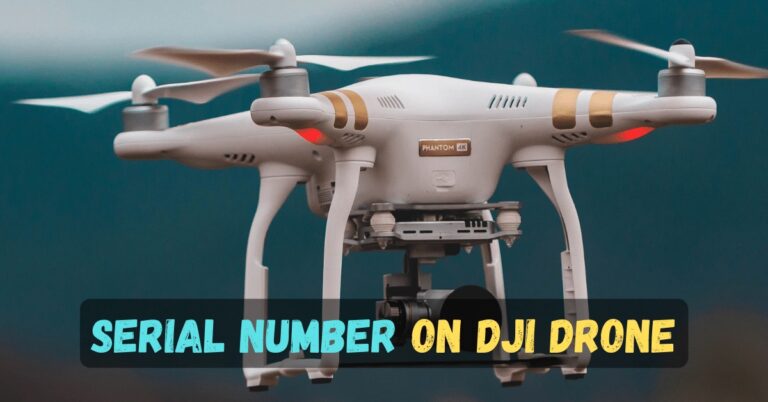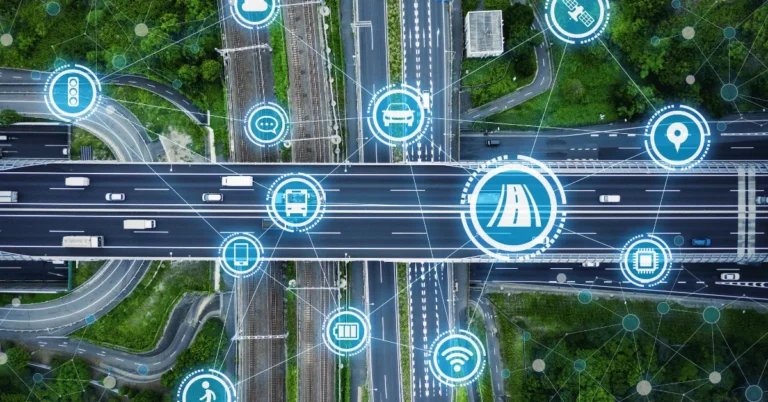Could Ornithopters be a More Efficient and Effective Alternative to Drones in Certain Tasks?

Ornithopters and drones represent two distinct approaches to unmanned aerial vehicles (UAVs), each with its own unique design principles and operational methodologies.
Ornithopters are inspired by the biomechanics of bird flight, utilizing flapping wings to generate lift and thrust.
This biomimetic approach has a rich history, dating back to Leonardo da Vinci’s sketches of flying machines. Modern advancements in materials science and robotics have revitalized interest in ornithopters, making them more practical and efficient.
Drones, on the other hand, are typically classified into two primary categories: quadcopters and fixed-wing aircraft. Quadcopters rely on four rotors for vertical lift and maneuverability, offering superior stability and ease of control.
Fixed-wing drones, resembling traditional airplanes, use aerodynamic lift generated by their wings, making them suitable for longer flight durations and higher speeds.
Both types have seen substantial technological improvements, particularly in battery life, flight control systems, and payload capacities.
The fundamental differences between ornithopters and drones lie in their flight mechanics and applications.
Whereas drones leverage rotary or fixed-wing systems for propulsion and stability, ornithopters achieve flight through the dynamic motion of their wings, akin to avian flight.
This distinction not only affects their aerodynamic efficiency but also their operational capabilities and potential use cases.
Recent technological advancements have significantly enhanced the viability of both ornithopters and drones.
Innovations in lightweight materials, such as carbon fiber and advanced composites, have reduced structural weight while increasing durability.
Improvements in battery technology and energy storage have extended flight times, while sophisticated flight control algorithms have enhanced maneuverability and automation.
These developments have paved the way for a variety of applications, from aerial photography and surveillance to scientific research and environmental monitoring.
Understanding the basic principles and differences between ornithopters and drones is crucial for evaluating their potential as efficient and effective solutions for various tasks.
As we delve deeper into the specific advantages and limitations of each, it becomes evident that both have unique strengths that could make them suitable for different operational needs.
Wondering if Holy Stone drones are the right choice for you? Check out our in-depth review to find out! [Are Holy Stone Drones Good? A Comprehensive Review]
Comparative Analysis: Efficiency and Effectiveness
When evaluating the efficiency and effectiveness of ornithopters and drones, several critical metrics must be considered.
Key factors include energy consumption, maneuverability, payload capacity, and operational range.
Each of these dimensions offers distinct advantages and disadvantages for both technologies, often making one more suitable than the other depending on the specific task at hand.
Energy consumption is a pivotal aspect that can significantly affect operational costs and sustainability.
Drones, particularly those powered by lithium polymer batteries, have become increasingly efficient.
However, ornithopters, which mimic the flapping motion of birds, potentially offer superior energy efficiency for sustained flight.
Current research suggests that ornithopters could exploit natural air currents more effectively than drones, leading to reduced energy expenditure over longer distances.
Maneuverability is another crucial factor. Drones typically excel in this regard due to their multi-rotor design which allows for precise control and stability.
This makes drones exceptionally useful for tasks requiring intricate movements, such as aerial photography and inspection of complex structures.
On the other hand, the unique flight mechanics of ornithopters grant them a natural agility, especially in navigating through tight spaces or dense vegetation, which could be advantageous in search and rescue operations.
When it comes to payload capacity, drones generally have the upper hand. Modern drones can carry substantial loads, making them highly effective for delivery services and agricultural applications that require heavy equipment.
Ornithopters, however, are currently limited in this regard but show promise for future development.
Their lightweight structure and potential for energy-efficient flight could eventually make them competitive for certain payload tasks.
Operational range is the final metric to consider. Drones are limited by battery life, which typically restricts them to shorter missions without frequent recharging.
Ornithopters, inspired by the endurance of birds, might offer extended operational ranges with less frequent energy replenishment.
Case studies indicate that this could be particularly beneficial for environmental monitoring and wildlife tracking, where long-duration flights are essential.
Overall, while drones currently dominate in many commercial applications, ornithopters present compelling advantages in specific scenarios.
As technology advances, the potential for ornithopters to become a more efficient and effective alternative in certain tasks continues to grow, warranting further research and development in this innovative field.
Curious about what makes a drone motor tick? Dive deeper into the factors affecting their performance [What Factors Affect the Performance of Drone Motors?].
Real-World Applications and Use Cases
Ornithopters, inspired by the flapping flight of birds, present compelling advantages in specific real-world applications compared to traditional drones.
One notable area is wildlife monitoring. Unlike conventional drones that often produce significant noise and exhibit rigid flight patterns, ornithopters can blend more seamlessly into natural environments.
Their bird-like motion and reduced noise levels minimize disturbance to wildlife, enabling researchers to observe animal behavior more accurately and without causing stress to the subjects.
In environmental research, ornithopters can be particularly beneficial. For instance, when monitoring sensitive ecosystems, the low acoustic footprint of an ornithopter allows scientists to conduct studies without disrupting the delicate balance of these habitats.
This unobtrusive nature is crucial when collecting data on bird populations, as the presence of a traditional drone might cause birds to exhibit atypical behaviors or abandon nests.
Certain surveillance operations can also benefit from the unique characteristics of ornithopters. In scenarios where stealth and subtlety are paramount, such as monitoring protected areas or conducting security patrols in wildlife reserves, the natural flight pattern of ornithopters can reduce the likelihood of detection.
This capability is advantageous for anti-poaching efforts, where the ability to surveil vast areas without alerting potential poachers can significantly enhance the effectiveness of conservation measures.
Moreover, ornithopters can be used in urban environments for tasks that require a combination of maneuverability and minimal disruption.
For instance, during public events or in densely populated areas, the quieter operation of ornithopters can provide aerial oversight without contributing to noise pollution.
This feature makes them suitable for crowd management, traffic monitoring, and even search and rescue missions in urban settings where maintaining public calm is crucial.
In summary, the unique flight dynamics and lower noise levels of ornithopters offer distinct advantages over traditional drones in specific real-world applications.
By integrating these bio-inspired machines into wildlife monitoring, environmental research, and certain surveillance operations, it is possible to achieve more efficient and less intrusive outcomes, thereby enhancing the effectiveness of these tasks.
Curious about the cost-effectiveness of drones versus missiles? Read on to explore the strategic reasons behind drone deployment [If Drones Are Cheaper Than Missiles, Why Not Send More Drones to the Target Than Available Missiles?].
Challenges and Future Prospects
Despite the promising capabilities of ornithopters, several challenges impede their widespread adoption when compared to conventional drones.
One of the most significant obstacles is technological. The intricate mechanics required to mimic the flapping motion of birds demand advanced materials and precise engineering, making the development process both complex and costly.
Additionally, ornithopters currently lack the payload capacity and battery efficiency of many modern drones, limiting their practical applications.
Cost factors also play a crucial role in the adoption of ornithopters. The advanced technology needed to create efficient ornithopters often leads to higher production costs.
This economic barrier can deter potential users, particularly in industries where budget constraints are a significant consideration.
Furthermore, maintenance and repair of these sophisticated machines can be more complicated and expensive compared to conventional drones, adding to the overall cost of ownership.
Regulatory issues present another hurdle. The introduction of any new aerial technology requires compliance with existing aviation regulations, which are primarily designed with traditional drones in mind.
Ornithopters, with their unique flight mechanics, may face stricter scrutiny and longer approval processes. This regulatory environment can slow down the deployment of ornithopters, especially in commercial and public sectors.
Looking ahead, the future prospects for ornithopters are promising, driven by ongoing advancements in materials science, robotics, and artificial intelligence.
Innovations in lightweight, durable materials could significantly reduce the weight and increase the energy efficiency of ornithopters.
Enhanced AI algorithms could improve flight stability and autonomy, making them more competitive with traditional drones in terms of performance and operational efficiency.
Moreover, as the market for aerial robotics continues to grow, increased investment in research and development is likely.
This could accelerate the pace of technological breakthroughs, potentially lowering costs and expanding the range of applications for ornithopters.
If these advancements materialize, ornithopters might not only match but also surpass drones in certain specialized tasks, offering a more efficient and effective alternative in the future landscape of aerial robotics.







